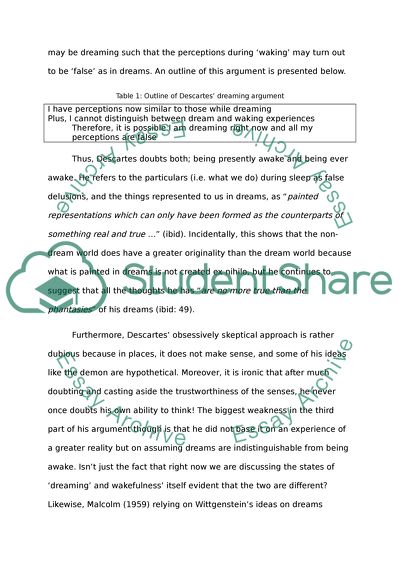Cite this document
(“Philosophy Essay Example | Topics and Well Written Essays - 2500 words - 6”, n.d.)
Philosophy Essay Example | Topics and Well Written Essays - 2500 words - 6. Retrieved from https://studentshare.org/miscellaneous/1560952-philosophy
Philosophy Essay Example | Topics and Well Written Essays - 2500 words - 6. Retrieved from https://studentshare.org/miscellaneous/1560952-philosophy
(Philosophy Essay Example | Topics and Well Written Essays - 2500 Words - 6)
Philosophy Essay Example | Topics and Well Written Essays - 2500 Words - 6. https://studentshare.org/miscellaneous/1560952-philosophy.
Philosophy Essay Example | Topics and Well Written Essays - 2500 Words - 6. https://studentshare.org/miscellaneous/1560952-philosophy.
“Philosophy Essay Example | Topics and Well Written Essays - 2500 Words - 6”, n.d. https://studentshare.org/miscellaneous/1560952-philosophy.


